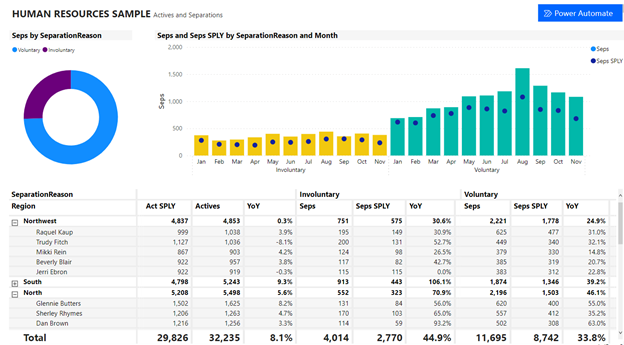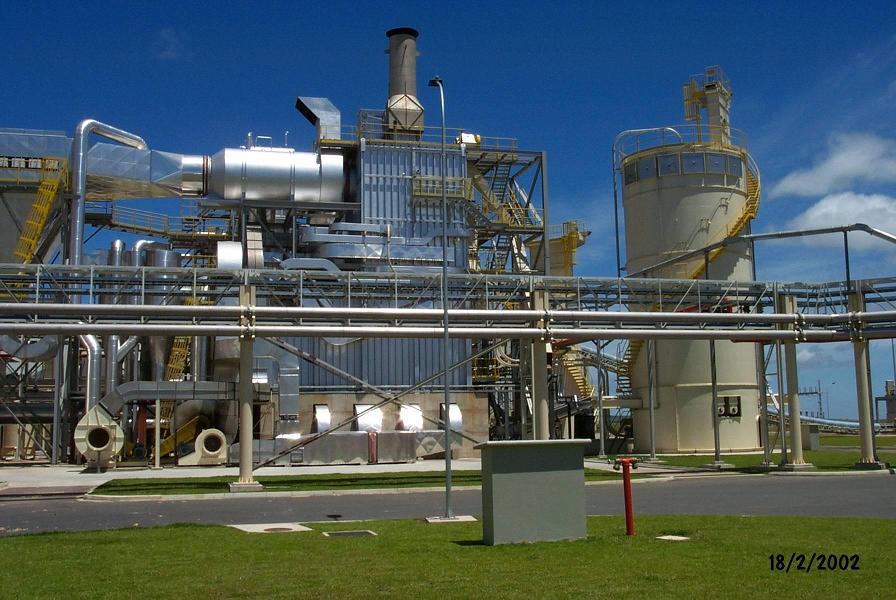
Our solutions, services, and training give you the control you need to automate your business so you can focus on innovation and moving forward.Any task that's performed more than once should be automated, even if it's a simple task that takes a few seconds. As Red Hat works with the greater open source community on automation technologies, our engineers help improve features, reliability, and security to make sure your business and IT performs and remains stable and secure. Red Hat Process Automation Manager includes tools to streamline processes, create new business opportunities, and develop new strategies to automate the business itself. These qualities bring both scale and flexibility, making it useful for larger enterprises that have to automate many business decisions.
#Automize meaning series
These considerations are all part of the design of Red Hat® Process Automation Manager, a series of lightweight services that can be deployed in containers-including on Red Hat OpenShift®-and also embedded in custom solutions. It’s best for business automation tools to run on different kinds of infrastructure-such as at the edge where business decisions take place, and in cloud environments that can scale to meet demand. One increasingly common strategy is to separate the user interface from the workflows themselves, which are constructed as services called through APIs. These use cases can include inbound detection, decision automation and augmentation, and automated response. This may be why they turn to business process automation software-to help improve specific areas of the business. Decoupled from an integrated business automation solution, BPM and BPA can function as standalone initiatives for improving efficiency and profitability.īusinesses need to save money and streamline operations. When applied within a BPM practice, BPA can be used to continually monitor and improve process efficiencies. A BPA and BPM combination can be powerful, as BPM outlines and provides a template for all of the business processes to be mapped and automated. BPM takes a wide view of the organization, while BPA is a strategy to improve specific processes. While BPM and BPA have similar goals, they have different ways of achieving them. Both aim to improve efficiency and to reduce costs and errors in order to deliver better products and services to customers. BPM is a continuous process that leads to improvement over time.īoth BPM and BPA attempt to improve tasks and processes that are repeated, ongoing, or predictable. This can lead to a personalized user experience as the technology can overcome ambiguity and interact with user needs.īusiness process management (BPM) is a collaboration between business and IT teams to model, analyze, and optimize end-to-end business processes to help meet strategic goals. It’s possible for a BPA solution to incorporate some RPA software.īoth BPA and RPA solutions increasingly use artificial intelligence (AI) and machine learning technologies to better interpret unstructured data like emails, images, and audio files.

BPA solutions are customized for a specific organization, typically integrated into data systems or connected to APIs.
#Automize meaning software
Many RPA solutions are easily installed prebuilt software tools that run on top of existing systems without connecting to databases or accessing application programming interfaces (APIs). Typically, an end user can train and deploy an RPA bot without the need for development skills. RPA software is trained to mimic repetitive steps that humans take, like copying and pasting data into a field.īPA software tends to handle more complex tasks than RPA. Robotic process automation (RPA) uses software to automate specific repetitive tasks.
#Automize meaning free
Automating a business process can free time and resources, allowing employees to focus on core work rather than tedious, repetitive, and often frustrating tasks. By deploying a reusable and extendable business automation strategy, an organization can regain control over business processes, improve communication, boost customer satisfaction, and reduce confusion. These issues multiply at scale.Īutomation software aims to prevent these problems. Even minor human error can cause a cascade of inefficiency, with communication breakdowns, bottlenecks, and missed deadlines. When managed ad hoc, these workflows typically involve multiple email threads, documents, and handoffs. In the context of automation, it’s usually a repeatable transaction that involves a series of steps touching multiple IT systems.īusiness processes include fulfilling and invoicing a customer purchase order, approving a loan application, completing data entry, onboarding a new employee, and additional financial services, human resource tasks, and business operations.


A business process can be any set of activities that help a business reach a specific goal.


 0 kommentar(er)
0 kommentar(er)
